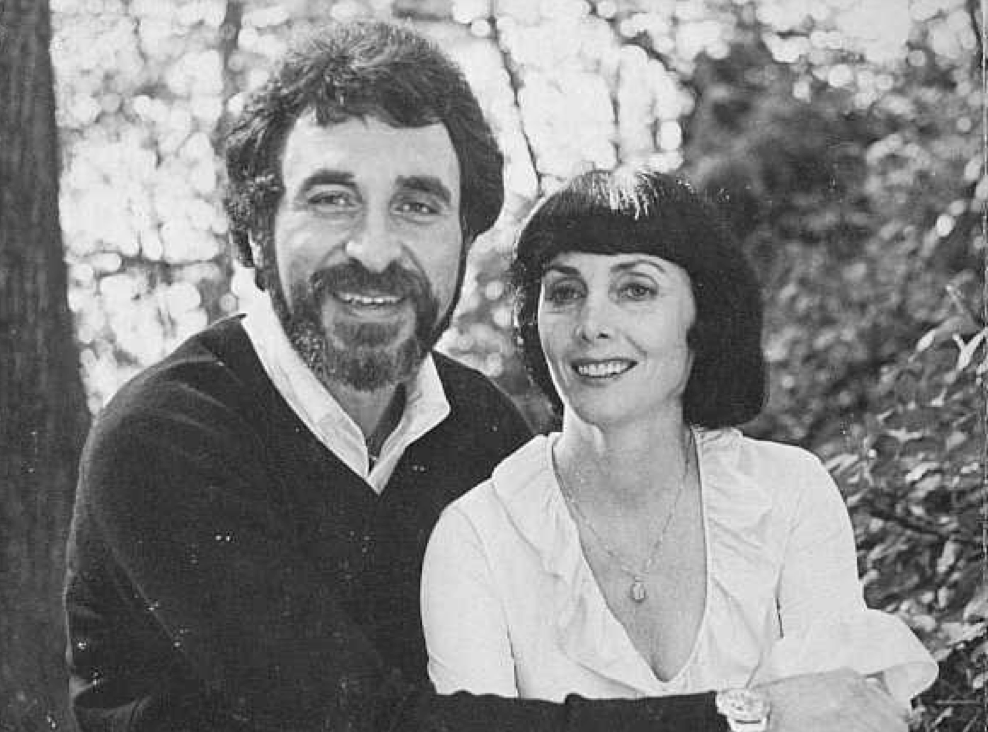
Oh, that I cou’d by some Chymic Art To Sperm convert my Vitals
and my Heart, That at one Thrust I might my Soul translate, And in
the womb myself regenerate; There Steep’d in Lust, nine Months I
would remain Then boldly fuck my passage out again
Subject: Journeys into the Bright World
UNITED STATES, 1966: Ketamine is patented by Parke-Davis for use as an anesthetic in humans and other animals: an all-American, all-artificial drug.
UNITED STATES, 1968: Ketamine is being spread by rogue “medicinal chemists” from Michigan out to the Florida coast under the names of “mean green” and “rockmesc.”
UNITED STATES, 1970: The FDA approves Ketamine for anesthetic use in children and the elderly. Hospital staff takes ketamine off the surgical table and out into the community.
UNITED STATES, 1970: A lab worker reads about dreams and hallucinations on a Ketalar® data sheet. He injects the drug daily for the rest of the summer.
AUSTRALIA, 1970: A heroin-dependent man burglars a vet, finding Ketalar®. He belongs to a group of drug burglars who inject anything with a label describing the substance as “psychoactive.” His next memory was floating somewhere above the roof.
ARGENTINA, 1974: “Ketamina” is used to regress clients back to the womb so that they can be reborn into the brave new world.
SOUTH-EAST ASIA, 1975: Helicopters weren’t the only vehicles hovering over the rice patties. Some Vietnam veterans went home with a new outlook on “anesthetics.”
NEW ZEALAND, 1980: At the “Alternative Healing Center,” led by a man named Bert Potter (eventually imprisoned), ketamine is one of the several drugs found in police raids.
UNITED STATES, 1980: Ketamine spreads from the “New Age psychedelic group” into the club and party scene due to the widening taste of stimulus-hungry clubbers, drawn to such strange effects as floating above the dance floor. Vetrenarian-sourced ketamine begins to supply club dealers, thus another point of crossover from animals to dance culture is established.
UNITED STATES, 1990: Ketamine moves further into the mainstream with the growth of techno clubs and raves.
LONDON, 1996: Time Out features an article on future drug fashions, or “brain blasters heading our way," that dismisses ketamine in one line as a “has-been drug of 1992.”
UNITED STATES, 1997: The DEA and Forensic Drug Abuse Advisor warn of “ketamine abuse increasing.” D.M. Turner dies in a bathtub in San Francisco, aged 34, with a bottle of ketamine next to the bath. His body is found in a kneeling position, head down, facing the drain.
INDIA, 1998: Shree Ganesh Pharmaceuticals offers to export “Ketotal” 50 mg/ml for U.S. $1 per vial, advertising via the web.
UNITED STATES, 1999: Bodies hit the deck at Twilo and other clubs in New York until Giuliani’s zero tolerance approach starts to drive dance drug use underground. In August, ketamine becomes a Schedule III drug at the federal level.
LONDON, 1999: Time Out changes its mind, stating “Ketamine is the new E” as well as including “Special K” in “The Best of ’99” list on its cover.
RUSSIA, 1999: Ketamine has been a significant street drug in Moscow for several years. The Muscovite street scene is fairly tough, with a preference amongst teenagers for intravenous injection of the liquid over taking the drug by safer methods.
EUROPE/UNITED STATES, 2000: A movement that began with free parties in warehouses, barns, and fields rapidly grows into a gigantic enterprise: very much overground, big money, superstar DJs, mainstream radio, and mega-merchandising. In Europe, a small but surprisingly noisy “K crew” has floated through the free parties almost since the beginning (and still performs its wild rites at obscure free raves on Welsh mountain tops), but many partygoers have taken the drug accidentally. This situation changes as ketamine becomes a sought-after drug in its own right.

Oh, that I cou’d by some Chymic Art To Sperm convert my Vitals
and my Heart, That at one Thrust I might my Soul translate, And in
the womb myself regenerate; There Steep’d in Lust, nine Months I
would remain Then boldly fuck my passage out again
\\ NHR